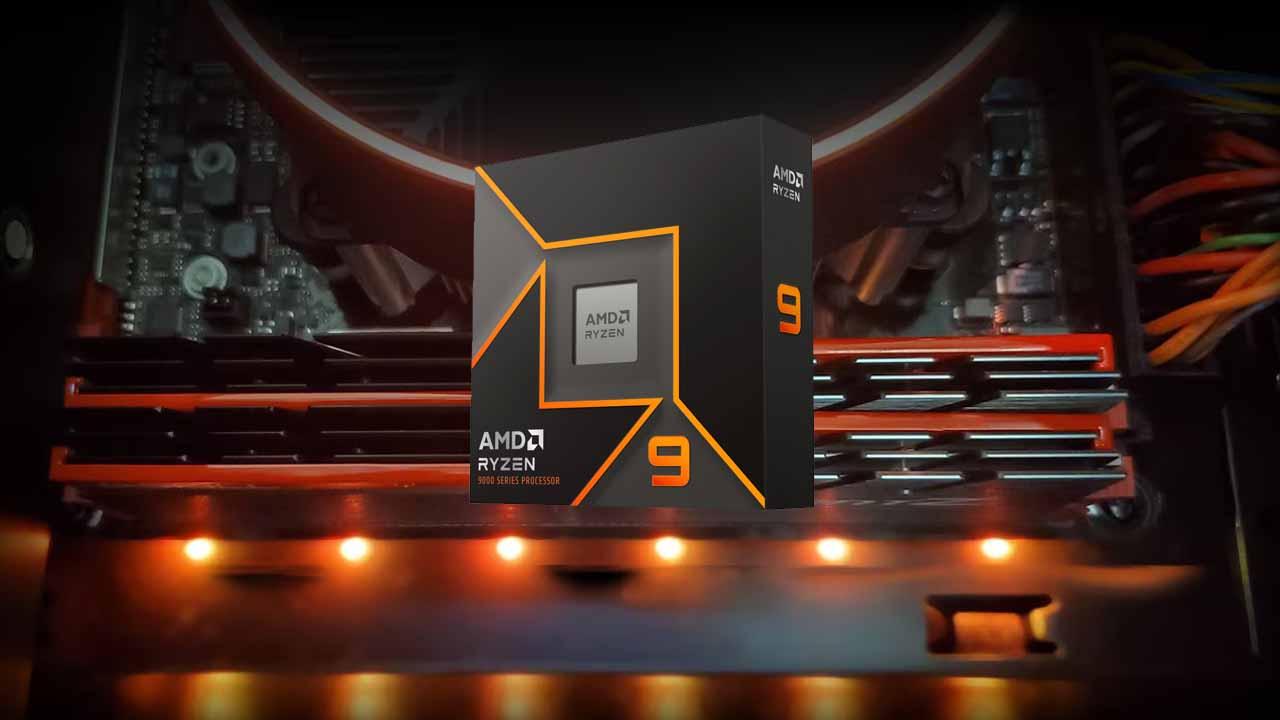From what it seems, the new generation of AMD processors, the Ryzen 9000 which in theory will be officially announced at the end of this month, will have slight improvements in their memory controller, allowing for the ideal operating speed. DDR5 at 6400 MHz. Is this good news? Well, let’s talk about it.
“Sweet spot” is a term that comes from English and literally translates to “sweet spot” because it is, so to speak, a point where we know that something will work without any problems. With current generation AMD processors, this RAM sweet spot is located at 6,000 MHz.
AMD Improves DDR5 Memory Support
The AMD Ryzen 9000 “Granite Ridge” processors will be based on chipsets, just like the Ryzen 7000 “Raphael”. They will combine one or two Zen 5 CCDs, each built by TSMC on its 4nm node, although the I/O die is 6nm. The latter seems identical to the Raphael’s, and we tell you this because it is precisely the die that contains the DDR5 memory controller in the processor.
One of the new features that the new Ryzen 9000 will bring is an improvement to this memory controller, which should be able to run DDR5 RAM at 6400MHz with a 1:1 relationship between the MCLK and FCLK domains. It’s not a huge speed increase over the 6000MHz of the Ryzen 7000, but hey, an improvement is an improvement, right?
According to the latest reports, AMD is allowing motherboard manufacturers and OEMs to enable a 1:2 ratio, which allows DDR5 RAM to be run at fairly high speeds, such as 8000MHz which is the “new” speed that memory manufacturers are now selling. Of course, leaving the ratio at 1:1 will of course result in performance drops and stability issues.
AMD and its memory controller problems
On this website we have been analyzing first-hand products from all manufacturers for over a decade, including of course AMD. Since the Bulldozer era, the RAM memory controller of the red brand processors has had serious performance, stability and compatibility issues, and although it must be recognized that they have improved a lot over the years, they are still quite behind the competition in these three areas. factors.
What we’re trying to say with this is that when you leave that “sweet spot” we talked about earlier, there’s a good chance you’re going to run into problems. We’re not saying that high-speed RAM won’t work on a modern AMD PC, far from it, and in fact, you can probably get it to work just fine, but it’s also likely that, firstly, its performance will be lower than what you’d get with the same RAM on an Intel platform, and secondly, you’re going to run into stability issues. As much as it pains us to say it, we’re saying it based on our own experience.
We do not want to detract from the work that AMD is doing with its processors and RAM controller, since it is obvious that they have worked to improve performance and mitigate problems, but it is a fact that they have been left behind in their time. and the proof is that in the new generation they will use the same I / O chip that includes the memory controller as in the previous generation … although they have improved it a bit to increase that “sweet spot” of 400 MHz.










